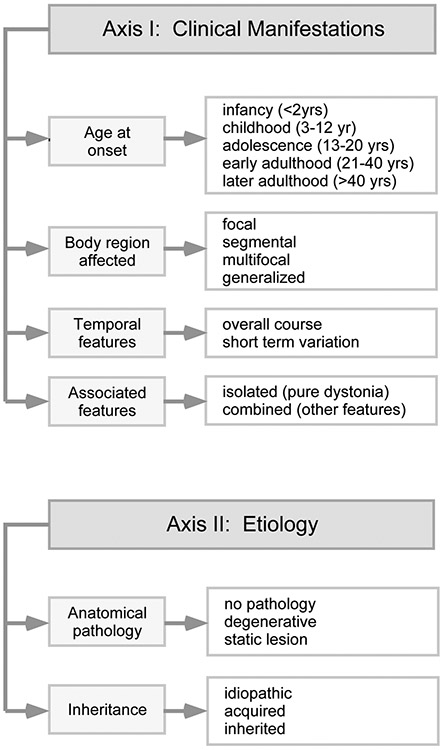Figure 1. Classification of the dystonias.
The many types of dystonia are classified according to two axes. The first axis relates to clinical features. The main factors important for clinical classification include age at onset, body distribution, temporal features, and whether or not dystonia is combined with other neurological or medical problems. The main factors important for etiological classification include whether the disorder is associated with relevant brain pathology, and whether the disorder is acquired or inherited. However, a large proportion of cases remain idiopathic.

